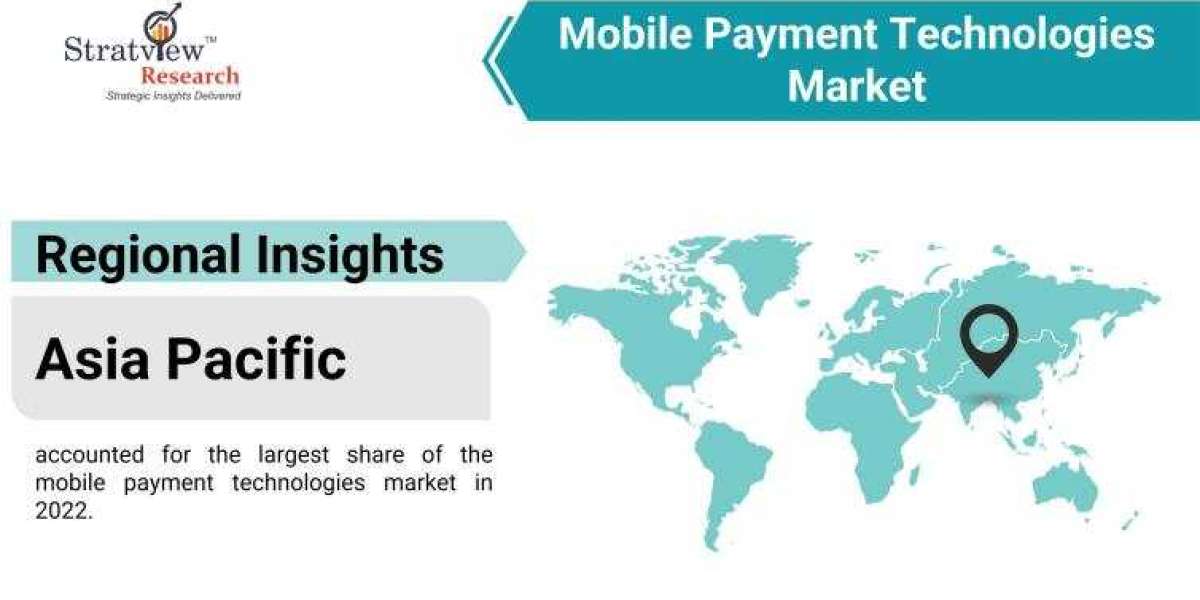The global Anti-Money Laundering (AML) software market is witnessing unprecedented growth due to the rising instances of financial crime, stringent regulatory requirements, and the increasing adoption of digital payment methods. AML software plays a pivotal role in safeguarding financial institutions and businesses against money laundering, terrorist financing, and other illicit activities. This article explores regional insights and opportunities within the global AML software market, shedding light on how different regions are addressing financial crime challenges and the potential for growth in these markets. The anti-money laundering software market is estimated to grow from USD 2.55 billion in 2022 to USD 5.39 billion by 2028 at a CAGR of 13.20% during the forecast period.
North America:
North America holds a significant share in the global AML software market, primarily driven by stringent regulatory frameworks and a high prevalence of money laundering activities. The United States, in particular, stands out as a major market for AML software due to the country's rigorous compliance requirements imposed by regulatory bodies like the Financial Crimes Enforcement Network (FinCEN). As the region witnesses a surge in digital transactions and financial innovation, the demand for advanced AML solutions, including AI-powered software and blockchain integration, is expected to soar.
Opportunities: AML software providers in North America have the opportunity to focus on developing solutions that cater to the specific needs of financial institutions, large enterprises, and small and medium-sized businesses alike. Additionally, partnerships with regulatory agencies and financial institutions can lead to market expansion and increased trust in AML technologies.
Europe:
Europe is another prominent region in the AML software market, driven by stringent compliance regulations set forth by the European Union and individual countries. The EU's Fourth and Fifth Anti-Money Laundering Directives have further intensified the need for robust AML solutions to combat financial crimes effectively. European countries with large financial centers, such as the United Kingdom, Germany, and France, offer lucrative opportunities for AML software providers.
Opportunities: AML software vendors can capitalize on the growing demand for RegTech solutions in Europe, helping financial institutions stay compliant with the evolving AML regulations. Additionally, partnerships with financial institutions and collaboration with other technology providers can help gain a competitive edge in this diverse and competitive market.
Asia-Pacific:
The Asia-Pacific region is experiencing remarkable economic growth, accompanied by a surge in digital financial transactions. As a result, the region is witnessing an increase in money laundering activities, prompting governments and financial institutions to strengthen their AML defenses. Countries like China, India, Japan, and Singapore are at the forefront of AML software adoption, driven by regulatory reforms and the need for risk management solutions.
Opportunities: AML software providers can seize opportunities in the Asia-Pacific region by offering scalable and cost-effective cloud-based AML solutions, catering to the growing number of financial institutions and fintech startups. Additionally, providing multilingual support and localized solutions will be crucial for gaining traction in diverse markets with unique regulatory requirements.
Latin America:
The Latin American region is grappling with the challenges of money laundering and financial crimes due to its geographical location, weak regulatory frameworks, and the proliferation of cash-based economies. As governments and financial institutions focus on enhancing their AML capabilities, there is a growing demand for sophisticated AML software solutions.
Opportunities: AML software vendors can tap into the Latin American market by offering user-friendly and affordable AML solutions that cater to the unique needs of emerging economies. Collaborating with local partners and engaging in knowledge-sharing initiatives can help gain trust and credibility within the region.
Middle East and Africa:
The Middle East and Africa region are witnessing significant growth in digital financial services and cross-border transactions, which, in turn, has increased the risk of money laundering and terrorist financing. Governments and financial institutions are investing in AML software to strengthen their financial crime prevention measures.
Opportunities: AML software providers can capitalize on the growing demand for real-time transaction monitoring and customer due diligence solutions in the Middle East and Africa. Offering robust data security features and compliance with Islamic finance principles can be a differentiating factor in this region.
Conclusion:
The global Anti-Money Laundering software market is witnessing remarkable growth across different regions, driven by stringent regulatory frameworks, increasing digitalization, and the need for comprehensive financial crime prevention solutions. As each region faces unique challenges, AML software providers must tailor their offerings to meet specific regulatory requirements and customer needs. By focusing on innovation, collaboration, and market expansion strategies, AML software vendors can seize the abundant opportunities within the global AML landscape and play a crucial role in securing the financial systems worldwide.





